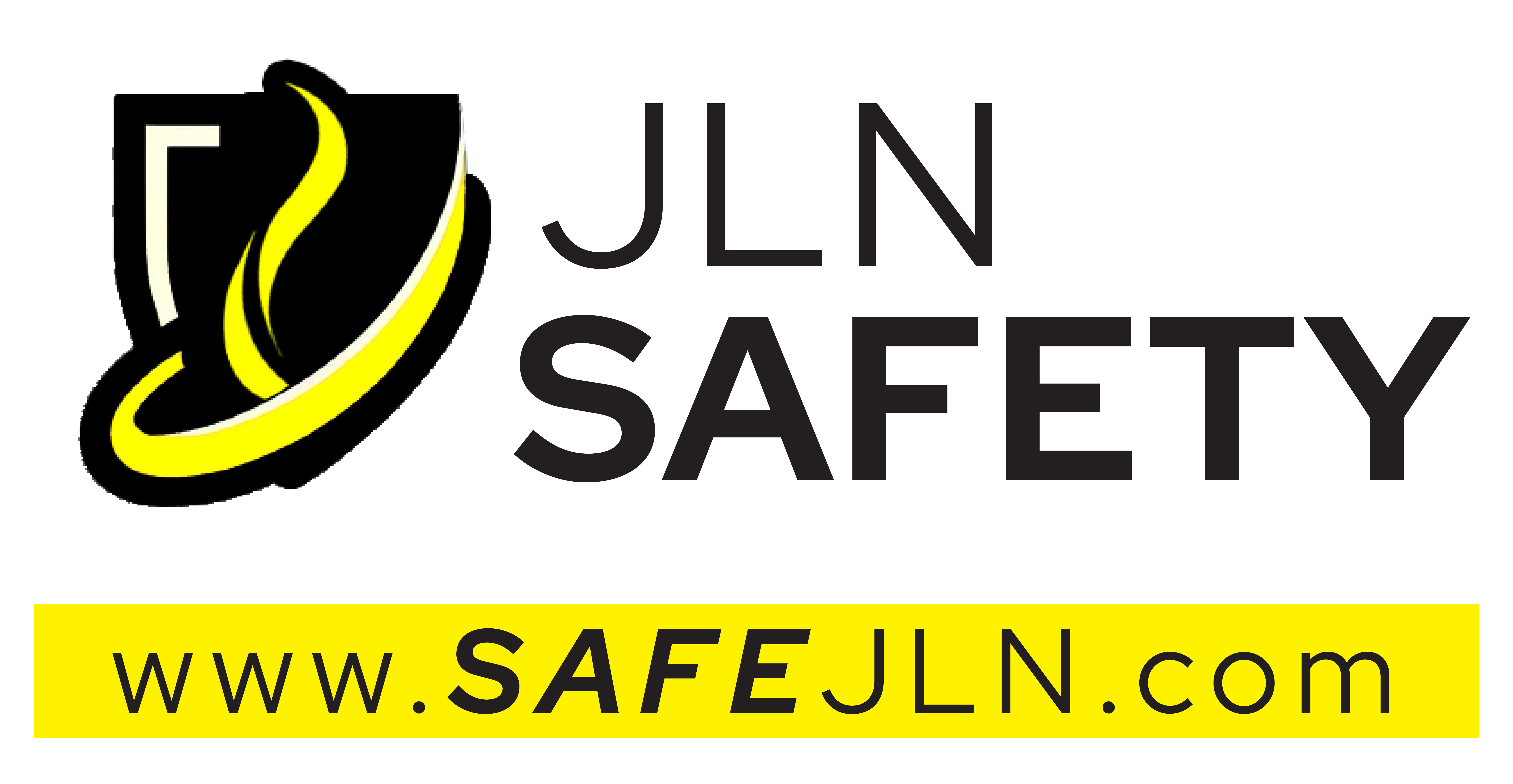Training Program Development
Implementation of effective safety management programs requires considerable investment in staff development. This ranges from understanding the broad concepts of safety management to training in specific policies and procedures. JLN training services provide a broad range of support for client safety needs. JLN has assisted companies in both the development and delivery of training curriculum related to all aspects of plant, health and safety programs.
Developing an H&S training program involves building on a job task analysis of all safety critical positions at a facility. OSHA requirements and facility accident prevention initiatives determine the required safety, operations, and maintenance training modules that need to be developed.
Pro-active H&S management programs include written instruction to provide safe operational, maintenance, and administrative guidance for potentially hazardous work conditions. JLN has developed procedures for all aspects of facility operation. JLN staff can assist a facility in the review or preparation of all required procedures. JLN can also provide expert assistance in the specification of format and content guides designed to enhance the usability of procedures and minimize human errors.
Each training module incorporates the following elements:
- Instructor Guidance and Information
- Lesson Plan
- Overheads
- Student Hand-Outs
- Quiz and Answer Key
- Instructor Guidance and Information includes information such as:
- Regulatory references
- Session Length
- Learning objectives
- Presentation syllabus
- Required training aids
- Special instructions, etc.
There are two types of lesson plans that may be developed: classroom and tailgate. Classroom type settings are typically 60 to 90 minutes in length (although specialized training will be longer), whereas those designed as “tailgate” training modules are typically 30 minutes in length.
The following are examples of procedures we have developed for facility-specific operations support:
- Operating Procedures
- Start-Up
- Normal and Emergency Shut-Down
- Normal Operations Monitoring
- Recovery/Casualty Sampling
- System Isolation Line-Ups
- Maintenance Procedures
- Visual Inspection
- Component/Instrument Testing
- NDE Criteria and Test Procedures
- In-Service Inspection/Testing Procedures
- Instrument Calibration
- Spare Parts List & Inventory Requirements
- Safe Work Practices
- Hot Work Permits
- Hot Tapping Procedures
- Confined Space Entry
- Lock-Out/Tag-Out
- Access Control
- Hearing Conservation
- Fall Protection/Ladder Safety
- Crane Safety
- Blood-borne Pathogens
- Emergency Awareness/Spill Response

